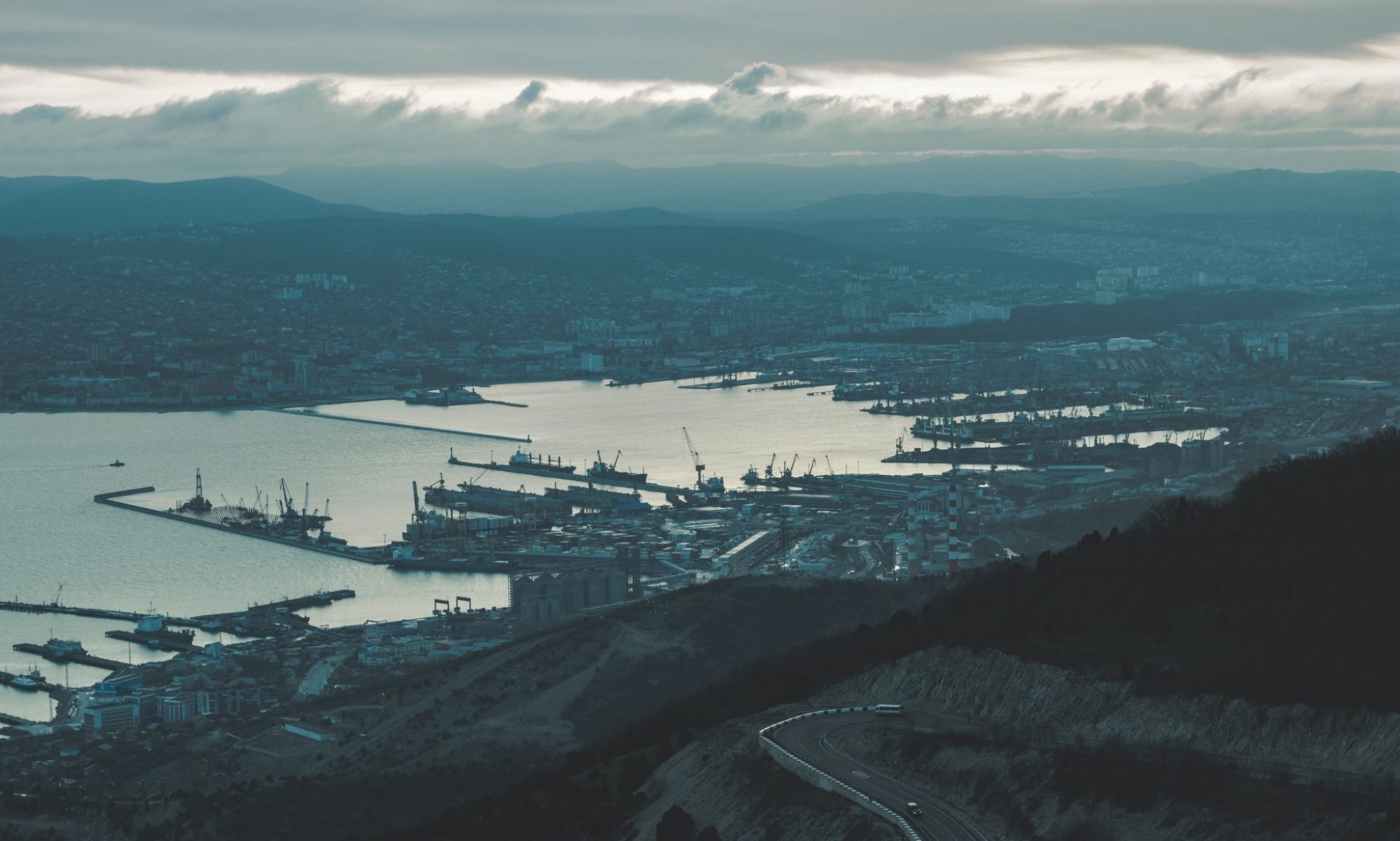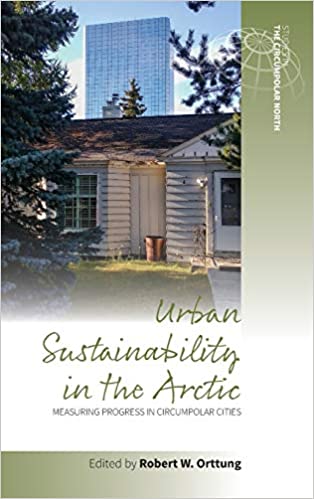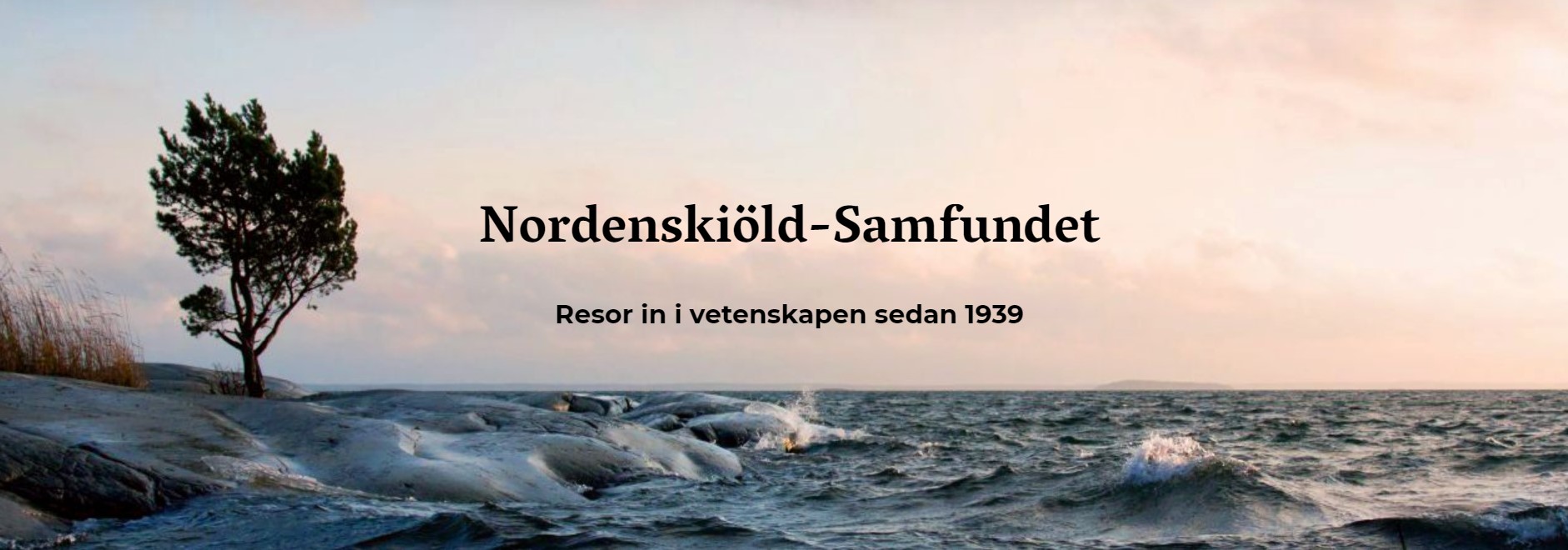Helsingin sanomat new article “Venäjän suhde metsiinsä poikkeaa paljon Suomesta: Miljoonia hehtaareita on tänäkin vuonna palanut, ja vain murto-osaa paloista on edes yritetty sammuttaa” (Russia’s relationship with its forests differs a lot from Finland: Millions of hectares have been burned this year as well, and only a fraction of the fires have even been tried to be extinguished) discusses Russian forest policy and the massive forest fires going on in the country every summer; this year the burnt area is equal to the size of Czech Republic. Professor Veli-Pekka Tynkkynen was interviewed about this catastrophic situation.
in Russian federal policy and from the point of view of state revenue, forests are a secondary resource and not as important as oil, natural gas, coal and nuclear power.
“Of course, the forest sector is regionally important in Northwest Russia, Central Siberia and the Russian Far East,” says Tynkkynen.
Professor Tynkkynen also drew parallels with last year’s Amazon rainforest wildfires and finds problematic the difference in the attitude of the international community towards Russia and Brazil and their dealing with the fires:
The European Union considered boycotting Brazilian cattle, partly because of Brazilian President Jair Bolsonaro’s forest policy.Bolsonaro encouraged farmers and ranchers to clear the land by lighting forest fires.With regard to Russian forest fires, the EU did not challenge the forest policy of the Russian President Vladimir Putin’s administration at all and the way how forests are treated as part of other natural resource policies.“The oil and gas industry are equal risk factors for forest fires, but no one discussed that it should be discussed. No one asked if we would buy gas and oil from Russia or not, ”says Tynkkynen.Russia has expressed that it will not tolerate interference by foreign powers in its internal affairs. According to Tynkkynen, a comparison between Brazil and Russia shows that in Europe, including Finland, Russia is treated with silk gloves because its reaction is feared.



